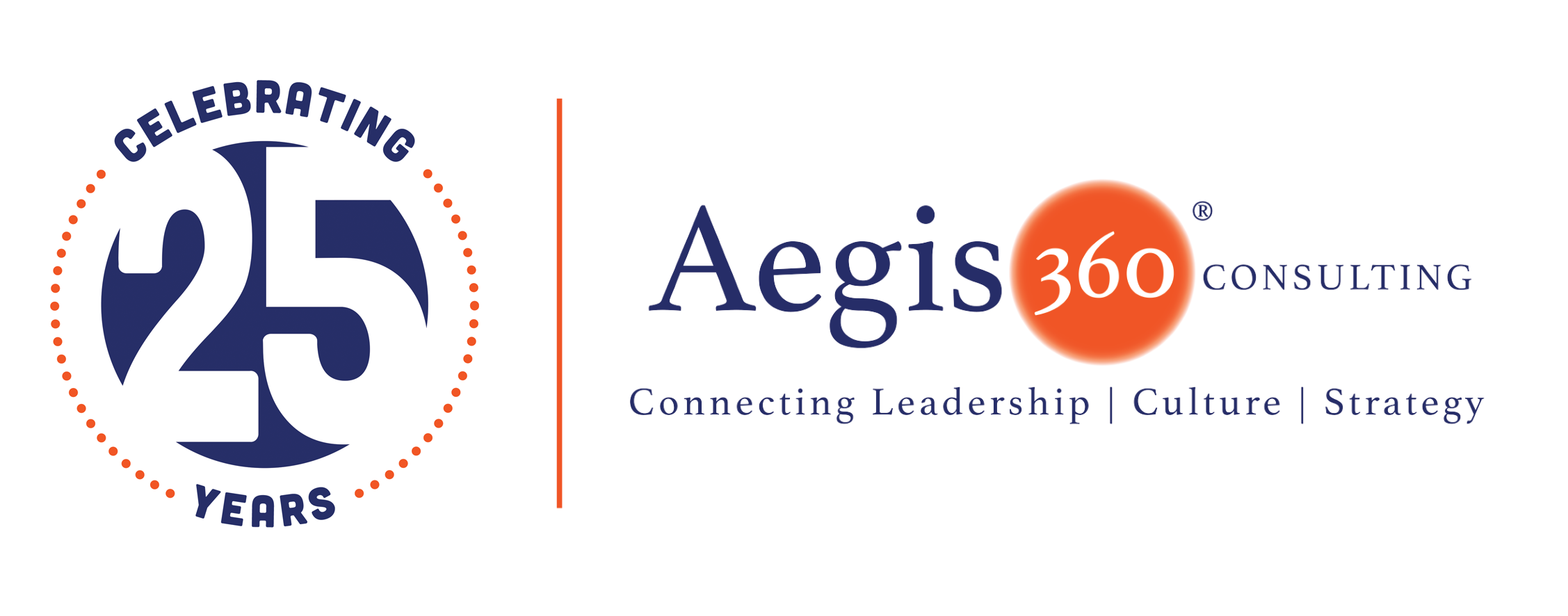FROM OUR FRIENDS AT EXPERIENCEPOINT

We’ve written numerous posts on how design thinking can help HR teams with a variety of challenges. Judging by recent media coverage, it looks like the People Ops industry is getting the message. HR seems to be embracing design thinking as a way to solve a myriad of workforce problems.
Last week, HR Dive, one of the industry’s most trusted sources of HR news, ran one of their famous “Deep Dive” pieces on design thinking and HR.
The site profiled Pearlie Oni, a senior manager of employee experience at RedPeg marketing. It examined how she turned to design thinking to solve one of her department’s major pain points: recruitment.
Oni explained that, while her department was keen on refining their candidacy experience, they were coming up against decreased enthusiasm from current employees. There seemed to be company-wide apathy in regards to recruitment, with fewer people volunteering to participate in the process. Oni wanted to find an employee-centric solution that would revitalize general interest in hiring.
She turned to design thinking. The first step of this human-centered approach is to empathize with the users—in this case, that meant empathizing with her employees. Oni realized that recruitment, itself, wasn’t the central problem; it was HR’s failure to truly understand their employees’ desires, grievances, and needs.
The dynamic between HR and employees is crucial to company operations. But creating a climate of empathy can be difficult for several reasons. Employees might not want to open up about their feelings or concerns for fear of judgment or reprisal. In some companies, HR is seen as a tool of management, not of the employee.
TRUST AND EMPATHY
So how do you create empathy where it doesn’t exist? Oni used anonymous surveys to solicit employee feedback without fear of reprisal. Furthermore, she spoke with past employees who had less reason to censor themselves or mince words. Both tactics helped her team better understand a host of employee challenges and concerns.
Oni also realized that there were internal barriers to using design thinking within HR itself. As a department, HR tends to fear failure, since errors in hiring have immediate financial consequences. But this fear is irreconcilable with design thinking, which depends so fundamentally on courageous and unbridled brainstorming. Oni understood that her department needed to shift their behavior.
The benefits of forging a strong HR/employee bond are huge. Greater empathy with employees breeds a happier workplace. Study after study shows that better employee experiences lead to higher customer satisfaction, and that means greater bottom line profits for your organization.
